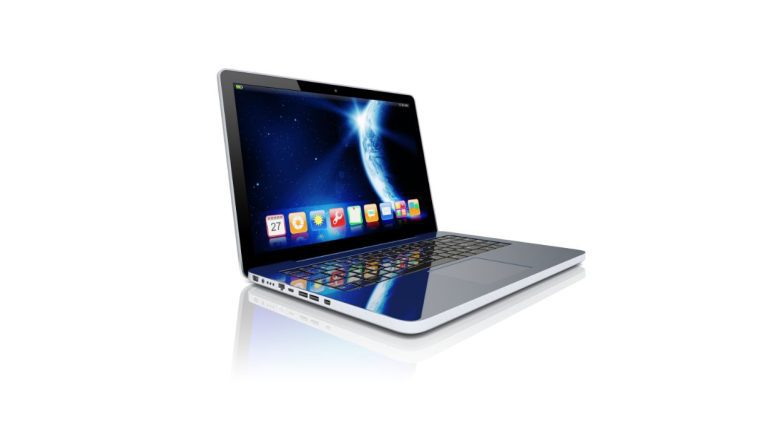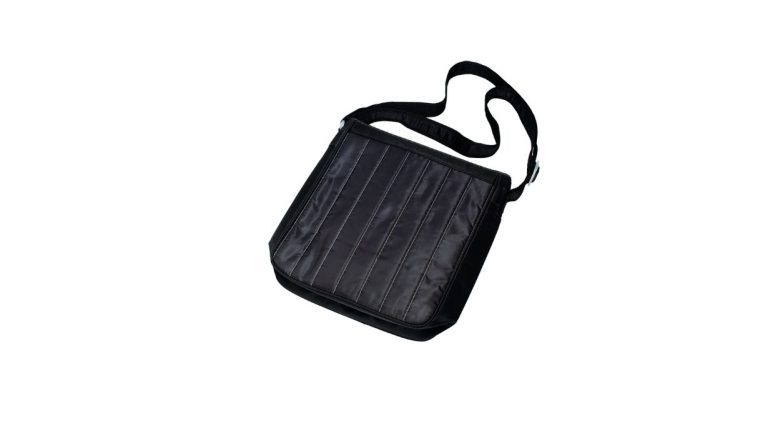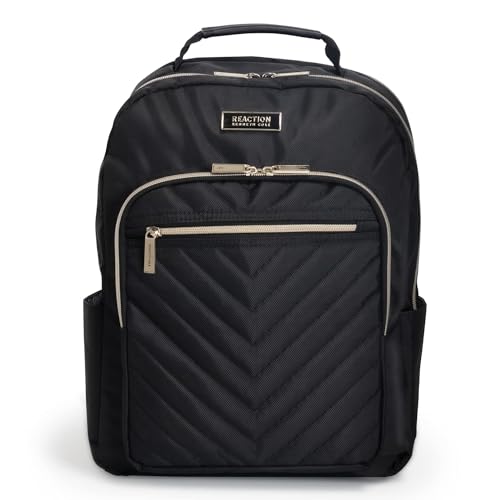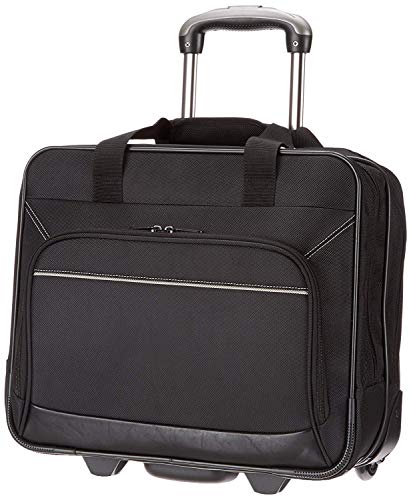How to Carry a Laptop Without a Laptop Bag?
Carry your laptop using a padded, protective sleeve or wrap it in bubble wrap. Secure the wrapped device in any sturdy bag that fits its size.
Transporting a laptop without a dedicated laptop bag requires creativity and a focus on protecting the device from potential damage. A laptop sleeve, preferably padded, offers a slim, protective layer that can fit easily into backpacks or other bags. If a sleeve isn’t available, improvising with bubble wrap or a thick towel can provide a temporary buffer against bumps and knocks.
Users should ensure that the laptop is held securely within the improvised protection, preventing it from sliding around during transit. This approach allows for the laptop to be incorporated seamlessly into whatever carrying solution is at hand, ensuring that the device stays safe even without the conventional protection of a laptop bag. With a mindful packing strategy, you can keep your laptop secure and unscathed on the go.
Introduction To Laptop Portability
The modern world demands flexibility and mobility in all aspects. For professionals and students, carrying a laptop is often a necessity. Traditional laptop bags can be bulky or cumbersome. People need clever solutions to transport their electronic devices safely. Understanding the challenges is key to finding the right approach.
Laptops require protection from potential damage. Without a bag, risks include scratches and impacts. Creative alternatives are essential for easier laptop portability. Users desire convenient and lightweight options. They seek ways to keep their device safe without the extra weight.
| Laptop Portability Options | Pros | Cons |
|---|---|---|
| Padded Sleeves | Lightweight, sleek | Less storage |
| Protective Cases | Durable, direct access | Bulkier than sleeves |
| Custom DIY Solutions | Personalized, cost-effective | May lack professional look |
Protective Sleeves: A Minimalist Alternative
Protective sleeves offer a lightweight and stylish solution to carry your laptop. It’s essential to choose the right material for your sleeve. Neoprene is popular for its sturdy and water-resistant qualities. Felt, on another hand, is soft and offers good padding. Always ensure the sleeve fits snugly around your laptop to prevent sliding.
For coffee shop settings, thicker material can protect against small bumps. Leather sleeves are ideal for business environments, adding a professional touch. When frequent travel is involved, opt for a sleeve with a closure, to secure your device inside. Remember, sleeves are not foolproof; be mindful of sharp objects and avoid dropping your device.
Improvised Padding For Electronic Safety
Protecting your laptop is vital while traveling without a traditional bag. A simple and effective method involves using clothing for cushioning. Wrap your device with soft items like T-shirts, sweaters, or scarves. These pieces act as a buffer against bumps and scratches.
Get creative by constructing a custom sleeve with old sweatshirts. Securely fasten the laptop between layers using safety pins or fabric glue. For extra protection, stuff socks around the corners for additional padding. This makeshift safety method ensures your laptop remains free from harm during transport.
Secure Handling Techniques
Carrying a laptop safely is crucial to prevent damage. Always hold the laptop with both hands. Keep the device close to your body. This steadiness can minimize the risk of dropping. For a firm grip, place one hand under the laptop, fingers spread wide. Use the other hand to hold the opposite edge snugly. Keep wrists straight to reduce strain. This ergonomic approach ensures balance and reduces the risk of injury.
Place the laptop on a stable surface before letting go. Avoid the edges of tables. To prevent slips or falls, ensure your pathway is clear. Look out for wet areas or uneven floors. Before moving, secure any loose parts. This means tightening any cables and securing covers. This helps to keep the device intact if it is jostled.
Utilizing Everyday Carry Items For Transport
Carrying a laptop can be easy without a bag. A sturdy backpack works well. Just slide the laptop inside, against the part that rests on your back. This keeps it safe and snug.
Tote bags are another good option. Choose a tote with a zippered compartment for your laptop. It will protect your computer from small bumps.
For short trips, try a utility belt. Attach a protective laptop sleeve to your belt. Or, use straps to secure it against your body. Always pick comfortable straps to avoid strain.
Customizing Portable Laptop Solutions
Creating a personalized laptop harness is a clever way to transport your laptop. Begin by choosing durable materials that provide cushioning and strength. Adjustable straps are key for comfort and fit. Visit local craft stores or online markets for items like heavy-duty velcro, padded fabrics, and sturdy clips. A DIY harness allows you to express style while ensuring your laptop’s safety.
Searching for ready-made laptop carrying accessories is easy. Many online retailers offer innovative products. From protective laptop sleeves with shoulder straps to convertible laptop carrying cases, options abound. Physical tech stores may stock these items as well, providing the chance to test for fit and comfort. Remember to check for quality and reviews before making a purchase.
Summary And Best Practices
Laptop transportation requires creative solutions without traditional bags. Protective sleeves are lightweight, easy, and effective. Make use of thick clothing like sweaters or jackets to wrap your device. This acts as a cushion.
Options like book-binders secure with elastic straps. These mimic a hardcover protection. Customizable foam inserts in ordinary backpacks offer a snug fit, reducing movement and potential damage.
| Method | Pros | Cons |
| Protective Sleeve | Lightweight, affordable | Less shock absorption |
| Wrapped in Clothing | Free, readily available | Risk of overheating |
| Book-Binder with Straps | Secure, sturdy | Bulkier, less convenient |
| Foam Inserts in Backpack | Custom fit, great protection | Requires initial setup |
Remember to always keep the device within your sight. Avoid leaving it in hot or humid places. Regular checks for scratches or issues prevent bigger problems. Handle with care, as laptops are fragile.
Frequently Asked Questions Of How To Carry A Laptop Without A Laptop Bag
What Can I Use Instead Of A Laptop Bag?
Alternative options to a laptop bag include a backpack with a padded compartment, a messenger bag, a laptop sleeve, or a briefcase. Choose one that suits your style and travel needs.
How Can I Travel With My Laptop Without A Laptop Bag?
Wrap your laptop in a padded sleeve or bubble wrap. Place it center in a sturdy backpack. Use cushioning around it from other items. Ensure a snug fit to prevent shifting. Always keep it within your sight.
How Do You Carry A Laptop In A Regular Bag?
To carry a laptop in a regular bag, choose a bag with a padded compartment. Ensure the laptop fits snugly. Wrap it in a protective sleeve for added safety. Avoid placing heavy items on top. Always secure the bag’s closure to prevent the laptop from sliding out.
What To Do If You Don’t Have A Laptop Case?
Protect your laptop by wrapping it in a soft material, such as a towel or sweatshirt. Seek a padded envelope or backpack as a temporary solution. Always handle the device with extra care to prevent any damage. Invest in a proper laptop case as soon as possible.
Final Thoughts on How to Carry a Laptop Without a Laptop Bag
Exploring alternatives to laptop bags opens up new possibilities. Embrace the simplicity of sleeves, the innovation of laptop clothing, or the DIY spirit with homemade protectors. Whatever method you choose, remember the importance of cushioning and security for your device.
Safe travels and seamless portability can be yours with creativity and care.

Hi I am Fahad, the mastermind behind the bag revolution. Join me on a journey where style meets sustainability and discover a world of extraordinary bags.










One Comment